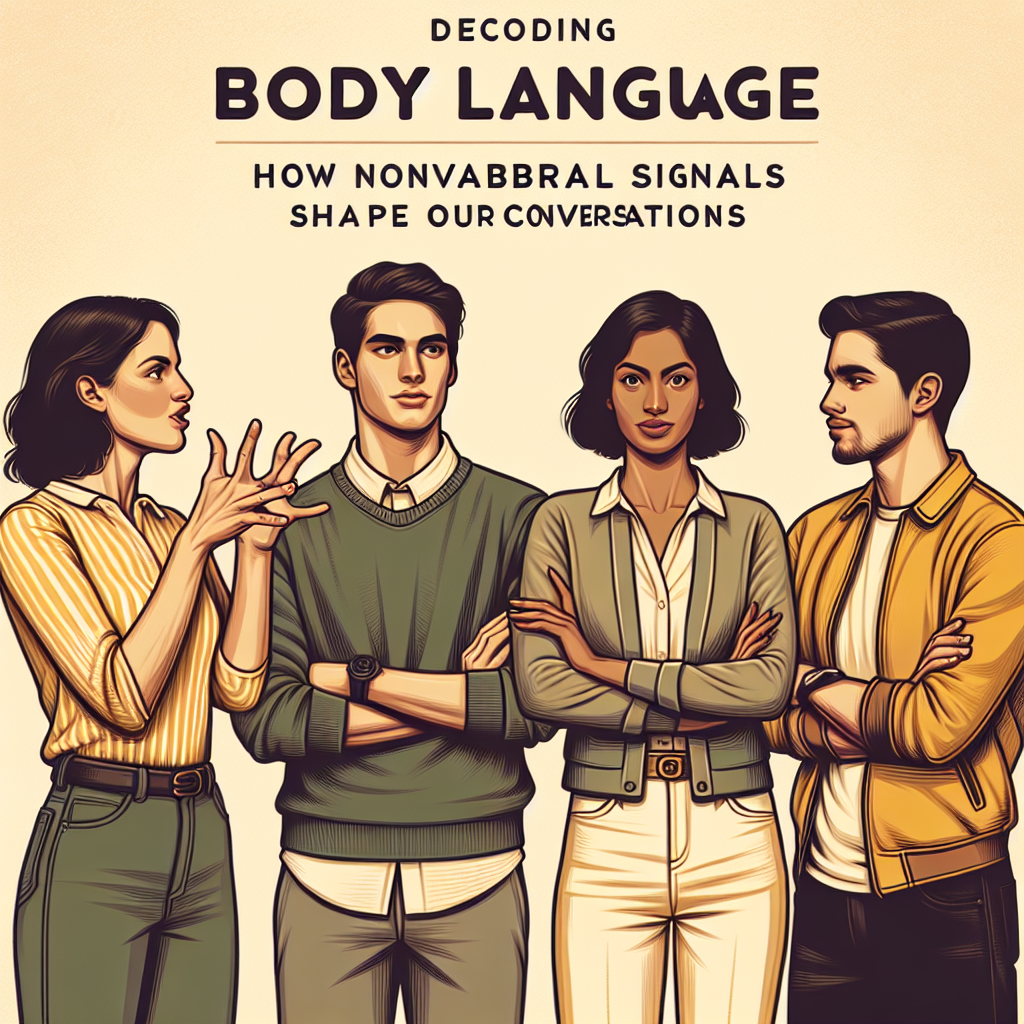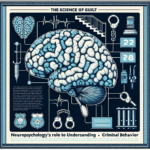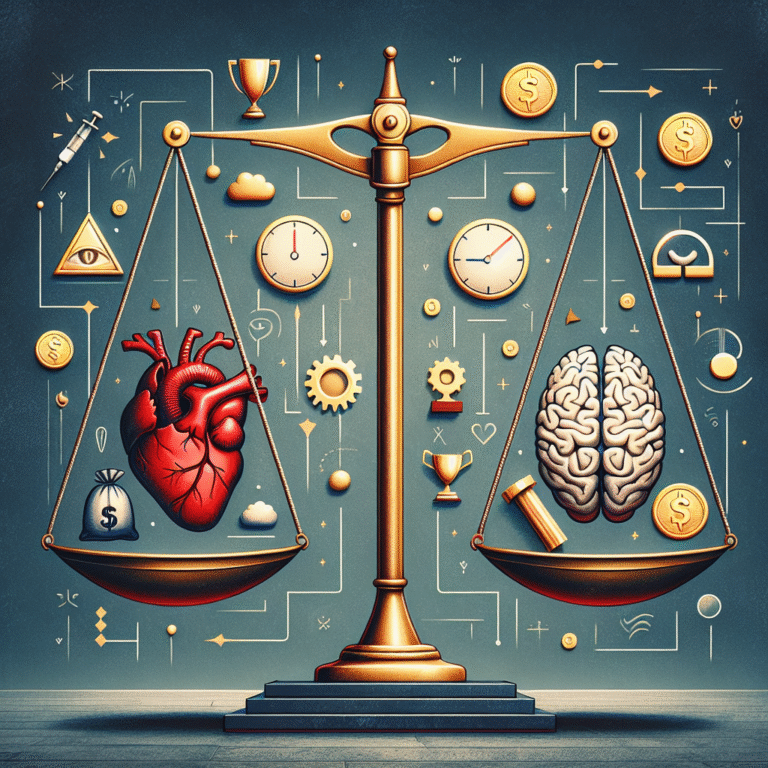
Introduction: Unlocking the Hidden Language
Did you know that over 90% of communication is nonverbal? This staggering statistic emphasizes the profound impact body language has on our interactions. When we talk about “Decoding Body Language: How Nonverbal Signals Shape Our Conversations,” we enter a realm where unspoken cues can influence relationships, negotiations, and even job prospects. In today’s fast-paced world filled with digital communication, understanding these nonverbal signals is more essential than ever. In this article, we will explore the intricacies of body language, dissecting its various components and illustrating how it shapes our conversations in both personal and professional contexts.
Understanding the Basics of Body Language
What is Body Language?
Body language encompasses a range of nonverbal signals, including gestures, facial expressions, posture, and eye contact. These elements can reveal a lot about a person’s feelings, intentions, and state of mind, often speaking louder than words themselves.
The Importance of Nonverbal Signals
Why Nonverbal Communication Matters
Nonverbal cues often dictate how we interpret spoken words. Did you ever find someone’s enthusiasm convincing despite their words being flat? That’s body language at play. In essence, understanding how to decode body language can significantly enhance your conversational skills.
- Statistics Highlighting Importance of Nonverbal Communication:
- 55% of communication is derived from body language.
- 38% comes from tone of voice.
- Only 7% originates from words spoken.
These figures clarify why mastering the art of body language is integral to effective communication.
The Components of Body Language
1. Facial Expressions
Understanding Emotions Through Faces
Facial expressions are universal. Whether happiness or sadness, emotions manifest visibly on our faces. A study involving participants from different cultures showed that various basic emotions could be identified through facial cues alone.
- Case Study: A 2017 study published in Nature revealed that individuals across diverse cultures could identify six primary emotions—happiness, sadness, fear, anger, surprise, and disgust—75% of the time through facial expressions.
This illustrates the power of facial signals in fostering understanding amidst cultural differences.
2. Gestures
Hand Movements as Signals
Gestures can be classified into various categories—emblems, illustrators, regulators, and adaptors. Each category serves a unique purpose in conversation:
- Emblems: Directly substitute words (e.g., a thumbs-up).
- Illustrators: Complement spoken words by emphasizing points (e.g., showing size with hands).
- Regulators: Manage the flow of conversation (e.g., nodding to encourage).
- Adaptors: Indicate personal anxiety or comfort (e.g., fidgeting).
Understanding these categories is critical for decoding body language in real-time conversations.
3. Posture
How We Stand and Sit Speaks Volumes
An individual’s posture can convey confidence, openness, or defensiveness. For example, leaning slightly forward while talking often indicates engagement and interest. Conversely, crossed arms may signal defensiveness or discomfort.
- Case Study: A 2018 research study from the Journal of Nonverbal Behavior found that leaders who maintained open posture were perceived as more approachable and trustworthy by their teams.
This directly ties into how effective leaders can utilize body language in fostering healthy workplace communication.
4. Eye Contact
The Window to the Soul
Eye contact is one of the most powerful ways to convey respect and engagement. Too little can indicate disinterest, while too much may come off as aggressive.
- Table: Eye Contact Guidelines
| Duration | Perception |
|---|---|
| 0-2 sec | Distracted/Inattentive |
| 2-5 sec | Interested/Engaged |
| 5-10 sec | Intimidating or Overbearing |
Eye contact can dramatically shift the perception of conversations, influencing their outcome significantly.
Case Studies in Body Language Application
Case Study 1: Negotiation Tactics
In a 2016 study on negotiation scenarios, participants who mirrored each other’s body language achieved better results. The research indicated that when one negotiator subtly emulated the gestures and posture of the other, rapport was strengthened, enhancing mutual understanding and agreement.
- Analysis: This suggests that being aware of how nonverbal signals can facilitate rapport in negotiations is crucial to achieving favorable outcomes.
Case Study 2: Job Interviews
A review by Harvard Business Review reported that job candidates who exhibited positive body language—like smiling, maintaining eye contact, and sitting up straight—were significantly more likely to be hired compared to those who exhibited more closed-off body language.
- Analysis: This highlights the importance of ‘Decoding Body Language: How Nonverbal Signals Shape Our Conversations’ in understanding the unspoken dynamics at play during interviews.
Case Study 3: Public Speaking
A 2019 analysis revealed that public speakers who utilized open gestures and moved purposefully on stage were perceived as more credible and engaging. Audiences responded more positively to speakers who seemed comfortable in their own skin.
- Analysis: This underscores the point that effective communication encompasses not just what you say but how you say it.
Practical Tips for Decoding Body Language
1. Observe Consistently
Take time to observe nonverbal cues regularly. The more you practice recognizing these signals, the more intuitive your interpretations will become.
2. Context Matters
Always consider context when decoding body language. A gesture that signifies enthusiasm in a casual conversation may indicate aggression in a competitive setting.
3. Balance Signals
Ensure your verbal and nonverbal cues align. For example, saying “I’m excited” while crossing your arms can send mixed signals. Strive for consistency.
4. Ask Open-Ended Questions
Encourage dialogue and allow space for others to express their feelings and nonverbal cues in response, which can provide deeper insights.
5. Practice Active Listening
Focus on the other person’s nonverbal signals while they talk. This not only helps you to understand their feelings better but also builds rapport.
Conclusion: The Silent Communicator
As we conclude our exploration of Decoding Body Language: How Nonverbal Signals Shape Our Conversations, it becomes clear that the significance of body language cannot be understated. It shapes our interactions, influences perceptions, and ultimately affects outcomes in every aspect of our lives—be it personal relationships or professional communications.
Embracing the nuances of body language can enhance our ability to connect with others. The more we practice, the more adept we become at reading and responding to the nonverbal signals around us. The key takeaway? Be observant and remain adaptable in conversations, for the art of communication is as much about the unsaid as it is about the spoken word.
FAQs Section
1. What is the most important body language cue to observe in conversations?
Eye contact is often considered the most critical nonverbal cue, as it conveys confidence and attentiveness.
2. How can I improve my body language?
Practice good posture, maintain eye contact, and use open gestures during conversations. Being aware of your own body language can greatly enhance your communication.
3. Are cultural differences important when interpreting body language?
Yes, cultural context can significantly alter the meaning of body language. For example, a gesture considered polite in one culture could be seen as rude in another.
4. How can I tell if someone is being sincere through their body language?
Look for congruence: words should match nonverbal cues. If someone says they’re happy while their body language is closed off, they may not be sincere.
5. Can body language be taught?
Absolutely! Many courses focus on developing awareness of body language and how to use it effectively in various communication settings.
In reflecting on the power of nonverbal communication, you are now equipped to decode body language and navigate conversations more effectively, enhancing your ability to connect, engage, and influence those around you.














